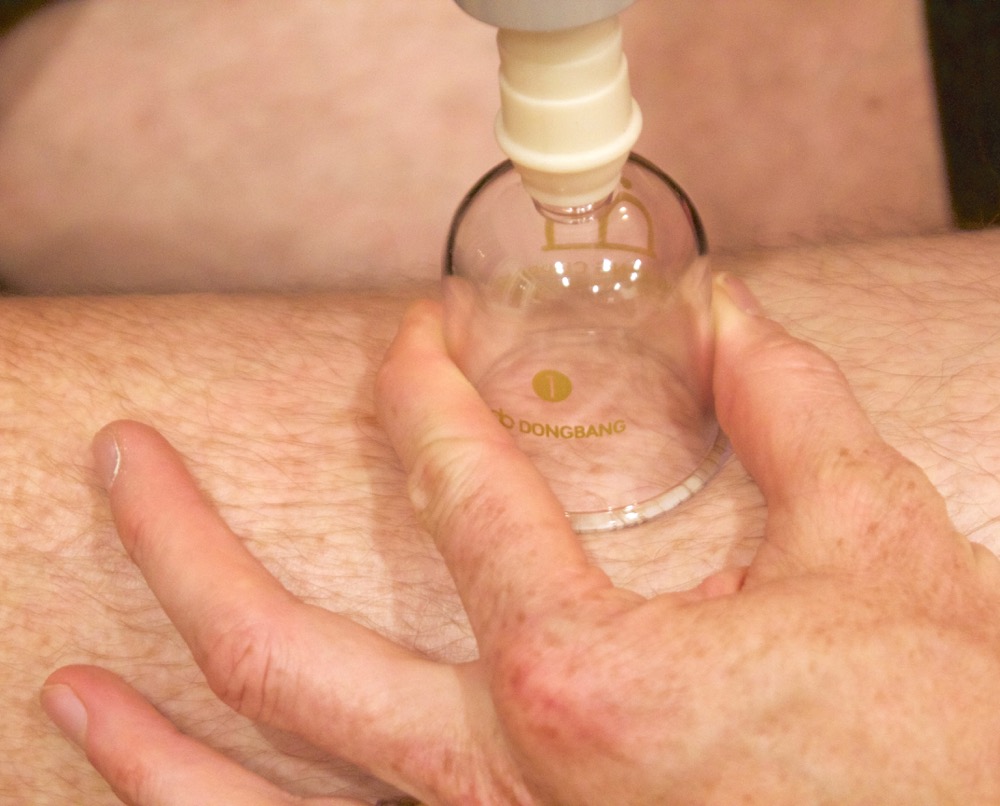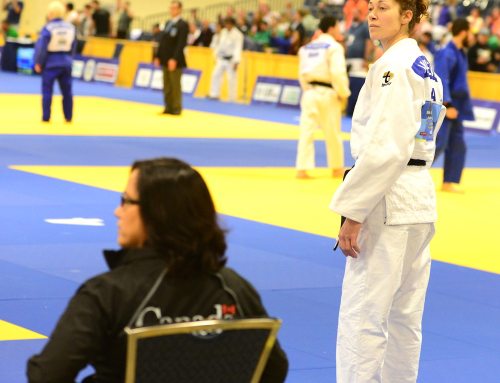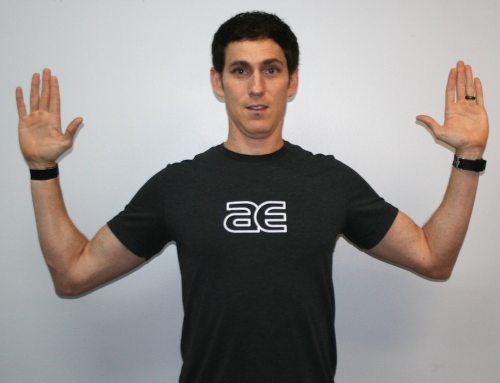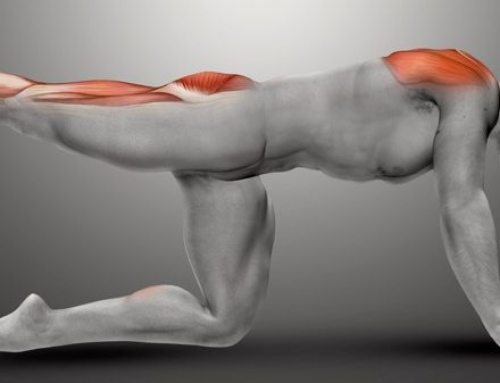By Brian Diaz
Many of you watched the Olympics last month and couldn’t help but notice the discolored circles that were showing up on the world’s best swimmers. Their shoulders, back, and chest covered like alien marks all over their body. These marks, although painful looking, are actually helpful and result from a type of therapy that has been used for decades. Only recently has this treatment gained public notoriety with the visible application to the swimmers and volleyball players (track athletes were using the treatment as well but usually in areas covered by clothing).
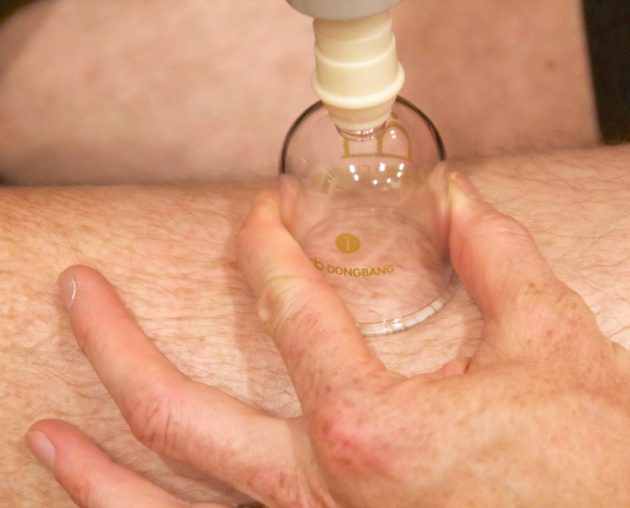 Myofascial decompression (MFD), or cupping as it is more commonly referenced, is a type of deep tissue therapy with many benefits. Unlike deep tissue massage, which applies a positive pressure to try and stimulate the tissues, cupping applies a negative pressure to the skin and pulls the skin and subcutaneous tissues upward. The blood rushes into trigger points and tight areas coming all the way to the surface without penetrating the skin bringing oxygen-rich supply and nutrients to the area. The vacuum formed by the suction not only brings blood but also lifts and separates scar tissue and adhesions to the muscles, fascia, and other connective tissue. The trick is in the skill involved in the clinical application of the vacuum.
Myofascial decompression (MFD), or cupping as it is more commonly referenced, is a type of deep tissue therapy with many benefits. Unlike deep tissue massage, which applies a positive pressure to try and stimulate the tissues, cupping applies a negative pressure to the skin and pulls the skin and subcutaneous tissues upward. The blood rushes into trigger points and tight areas coming all the way to the surface without penetrating the skin bringing oxygen-rich supply and nutrients to the area. The vacuum formed by the suction not only brings blood but also lifts and separates scar tissue and adhesions to the muscles, fascia, and other connective tissue. The trick is in the skill involved in the clinical application of the vacuum.
At our clinic, we have move most of the athletes we treat move through an active range and we apply the suction at the point of restriction. The most common areas addressed are hamstrings, calves, and hip flexors for runners and cyclists, as well as the shoulder and back stabilizers for swimmers and overhead athletes. We use a light lubricant and can move the cup around slowly and many of our patients report a “pop” of the adhesions as we move over them with the cup and their range of motion is immediately restored.
Maybe it’s a fad? Still skeptical? Cupping technique is difficult to study in a true double-blind study as the placebo group would be very evident. But there are a some studies that compare the cupping group with other treatment groups that did foam rolling and more traditional deep tissue (positive pressure) massage. All groups made progress and reported improvement in their symptoms regardless of treatment; the biggest improvements were made in the group that used all treatments.
What this means to me is that myofascial decompression should be a tool in every physical therapist’s treatment box. Similar to instrument assisted massage and dry needling, if improvement is made in symptoms, range of motion is restored, and ultimately athletes and patients are able to recover faster and perform better, then I believe we need to use it in our treatment. Derived from traditional Chinese medicine, resurrected from decades past, but definitely here to stay.
# # #
Brian Diaz is the head physical therapist and sports specialist at ActivEdge Fitness & Sports Performance. He is a Level II Certified TRX Suspension Trainer and a USA Triathlon Certified Coach. Follow him on Twitter (@JediTriathlete) or go to his website at ExperienceTheEdge.com for more exercise ideas.


